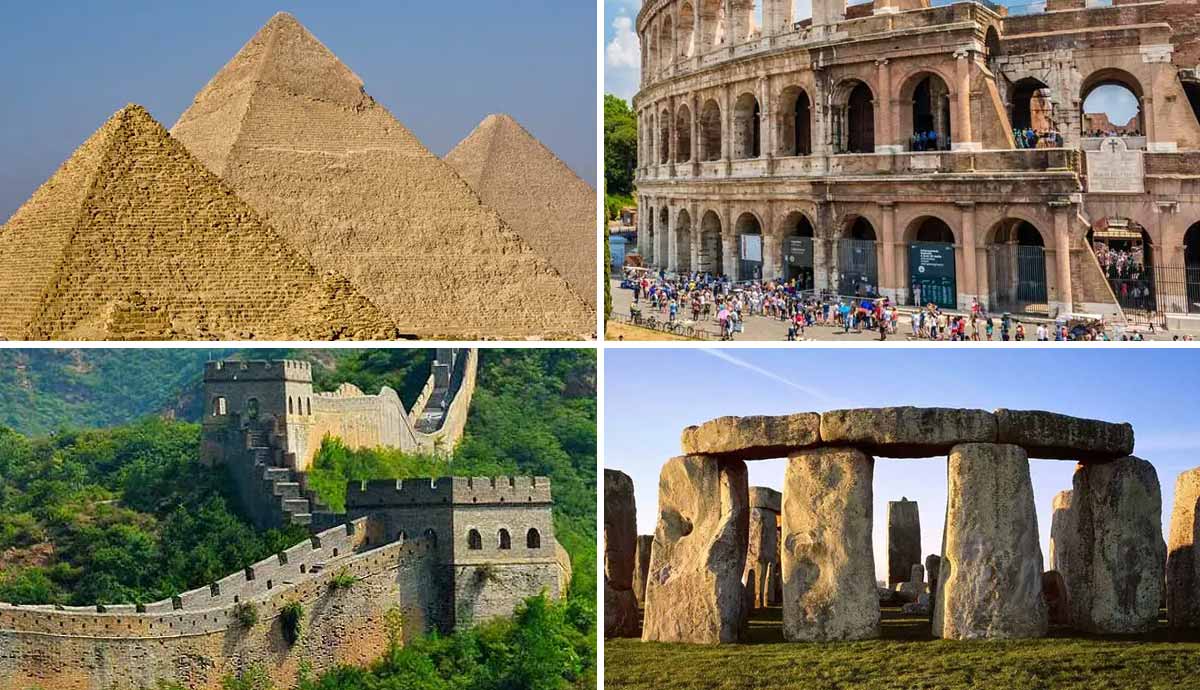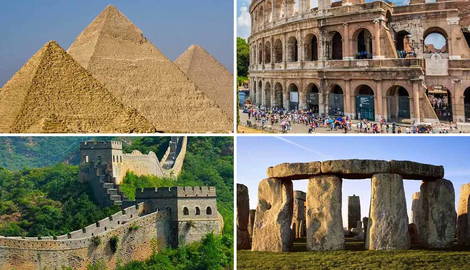
More people than ever are embarking on international travel as a way of expanding their horizons and experiencing life-changing trips to some of the most incredible places in the world. While the tourist trade undoubtedly benefits the economic status of many nations, there is often a dark side; litter, graffiti, stealing and destruction have taken place in some of the world’s greatest wonders, threatening to destroy their ancient or natural beauty by causing irreversible damage. Some have been added to the UNESCO World Heritage in Danger List in order to protect them from further harm. We, too, can do our part, by taking great care and respect when visiting precious places around the globe. Here are some of the most prominent tourist spots that have been irreversibly damaged by mass tourism over the past century.
The Lascaux Cave Paintings, France

The Lascaux Cave first opened to the public in 1948, but less than 20 years later it closed its doors to the general public permanently in 1963. Visitor numbers had reached an incredible 1,500 per day; the heat, humidity and carbon dioxide of all those people crammed into the dark and airless cave was causing an imbalance in the cave’s natural ecosystem, leading to the overgrowth of molds and funguses that threatened to obliterate the prehistoric paintings. Today the cave’s natural flora has been stabilized, and it remains tightly sealed off, while a replica title Lascaux IV has now been opened to offer tourists a close taste of the real thing.
The Great Pyramids of Giza, Egypt

The Great Pyramids of Giza are another victim to the pitfalls of mass tourism. Over the centuries, the last remaining artefact of the ancient Seven Wonders of the World has suffered irreparable damage. Large crowds have caused significant erosion underfoot, while foolhardy visitors have attempted to climb the pyramids despite climbing here being banned, causing the ancient monuments to crumble. Vandalism and theft have also taken place here, while efforts to restore the pyramids have only caused further structural damage.
The Colosseum, Rome

One of the last remaining emblems of the Roman Empire, the spectacular Colosseum in Rome is a magnet for tourists from all over the world. Sadly, this means it has been impacted in more ways than one by reckless visitors. Some have stolen pieces of the structure, while others have even inscribed their names onto the walls of the ancient monument, or carried out other acts of vandalism and graffiti.
Stonehenge, England

The enigmatic stone circles at Stonehenge in England have been a source of fascination for centuries, with many pondering their exact purpose over the centuries. Vast numbers of tourists have trekked their way to this mysterious location, and many have even chipped pieces of stone away to keep for themselves. This means the stone circle has been forever altered by mass tourism, and it is now roped off to prevent the site’s more cavalier visitors from continuing to cause damage. Sadly, several main roads have also been put in place near to the stone circle which are threatening to damage its integral structure.
The Great Wall of China

In an eye-watering statistic, at least two thirds of the Great Wall of China have been ruined by numerous external factors including tourists, developers and natural erosion. Large areas of the wall have been vandalized with graffiti, while great chunks of the wall have been stolen by looters. Meanwhile visitors frequently leave piles of litter along the wall which is both unsightly and damaging to the natural environment. The Xinhua News Agency says, “Booming tourism, development and lack of funds for protection are nibbling away the Great Wall.”










